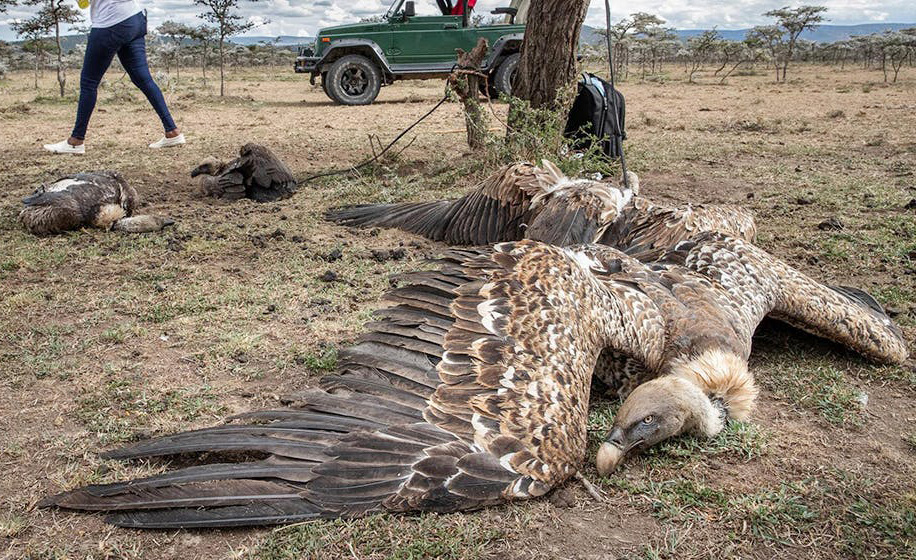
Vultures are poisoned after eating the carcass of a hyena that was poisoned with pesticides – Photo: NatGeo
But now, they are one of the rarest birds on the planet.
There are currently 23 species of vultures on Earth, divided into two families: New World species in the Americas and Old World species in Asia, Europe, and Africa. Every species is facing threats.
Africa is currently home to 11 of the 16 Old World vulture species. They appear in the wild steppes and in towns and cities with a single role: cleaning up corpses.
Vultures are not obnoxious
Vultures only eat dead animals, so they have long been associated with death and exploitation in human culture.
The word “conservation” seems to be a luxury for this bird, as it is more difficult for them to evoke public compassion than “photogenic” species like lions or rhinos. Actually, vultures are pitiful creatures
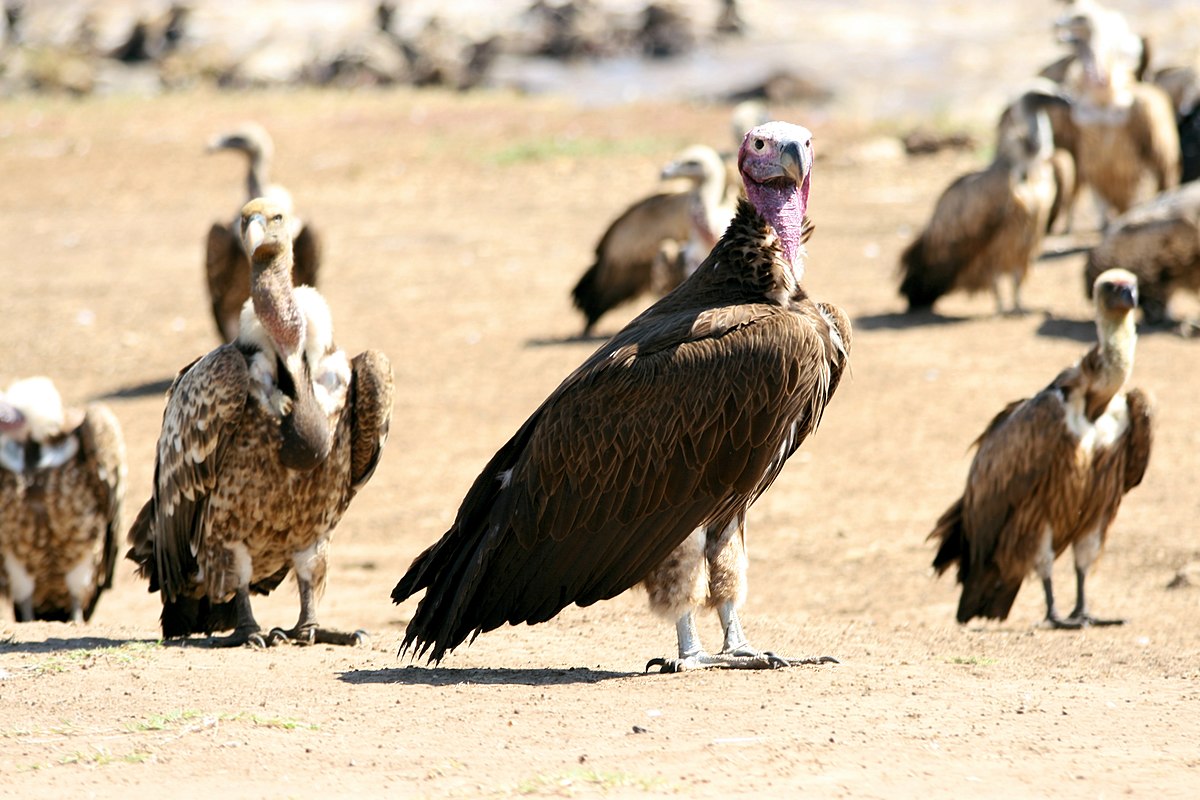
more obnoxious, with unique abilities when it comes to dealing with carrion.
In vultures’ stomachs, there are “bacterial” acids, which help keep them safe from toxins in rotting meat. They can quickly strip away a large carcass until only the skeleton remains, thereby limiting the growth of harmful insects.
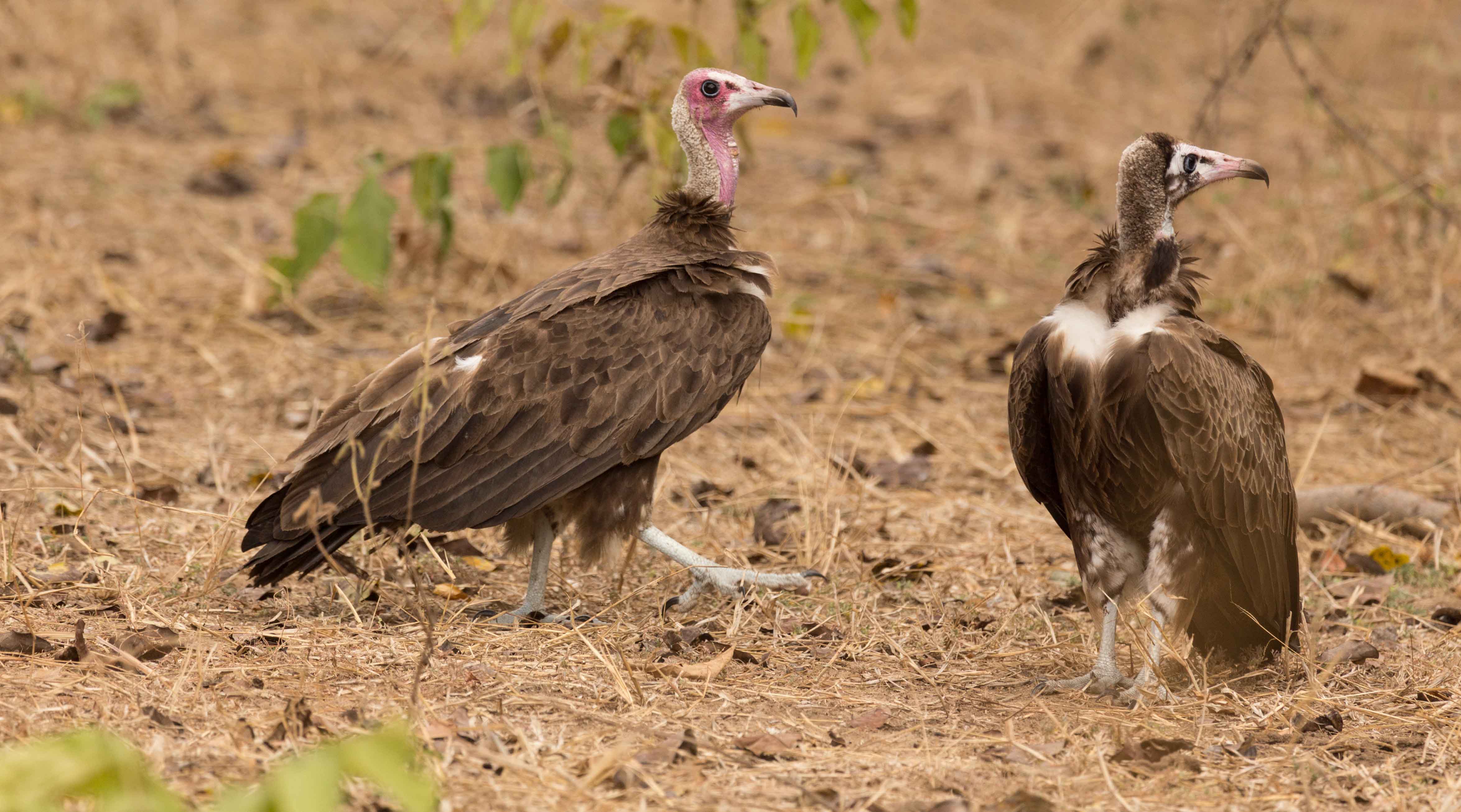
Vultures are therefore an important link in preventing the spread of pathogens from animals to animals and to humans, especially when epidemics are taking place.
Some parts of Asia have a tradition of leaving dead animal carcasses on the outskirts of villages or landfills, allowing vultures to clean them up in their own way, ensuring faster and more compact burial or incineration.
Wild dogs, leopards, lions, hyenas, rats and maggots… can also do the same job but the “cleaning up” speed is slower. And the more they come into contact with each other, the more likely they are to transmit pathogens to each other because they do not have strong stomachs like vultures.
What would your neighborhood look (and smell) like if trash crews disappeared? That is the scenario of the natural world in Africa, as vulture populations are plunging at an alarming rate.
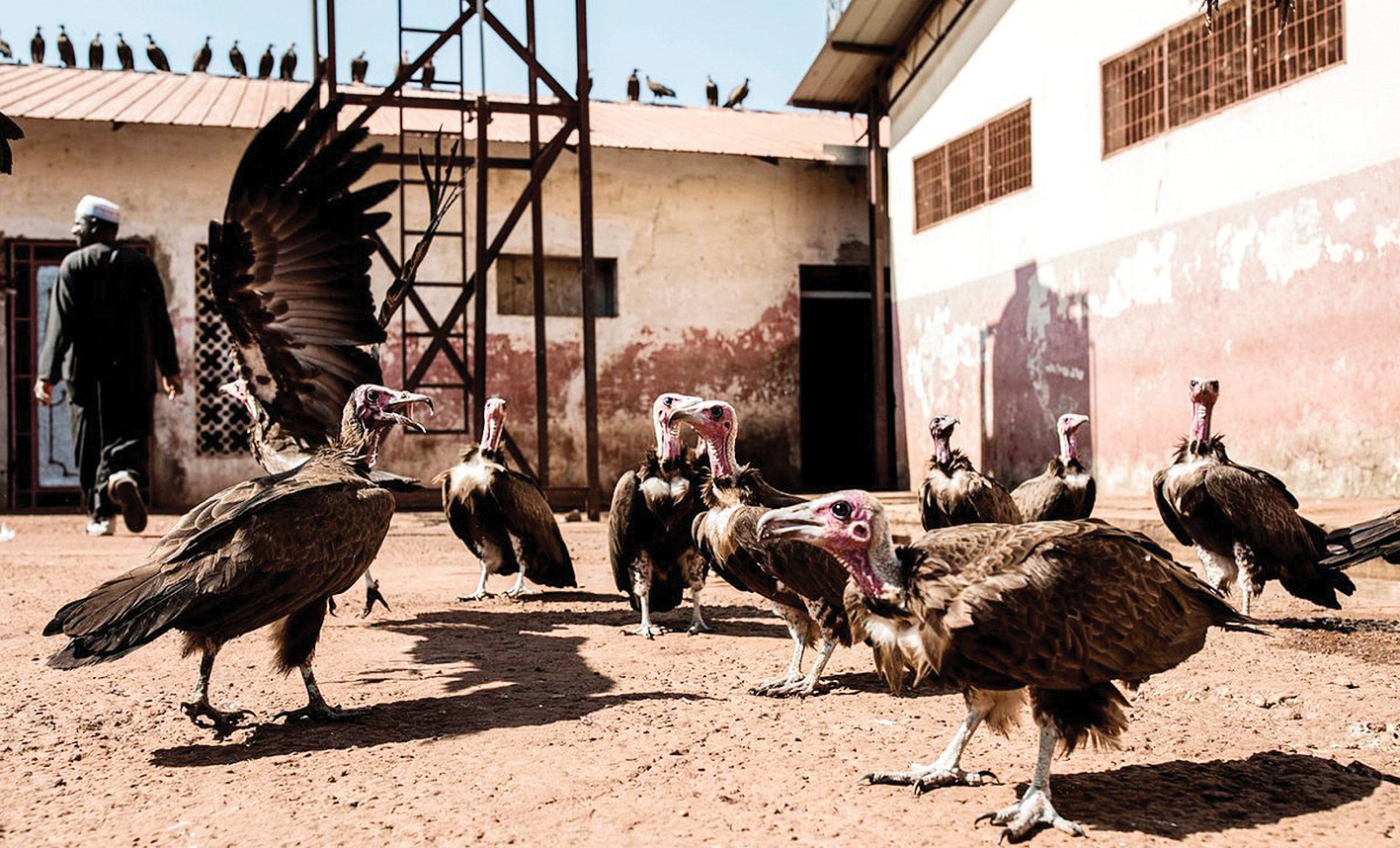
Vultures wearing hats at a slaughterhouse in Guinea-Bissau – Photo: AFP
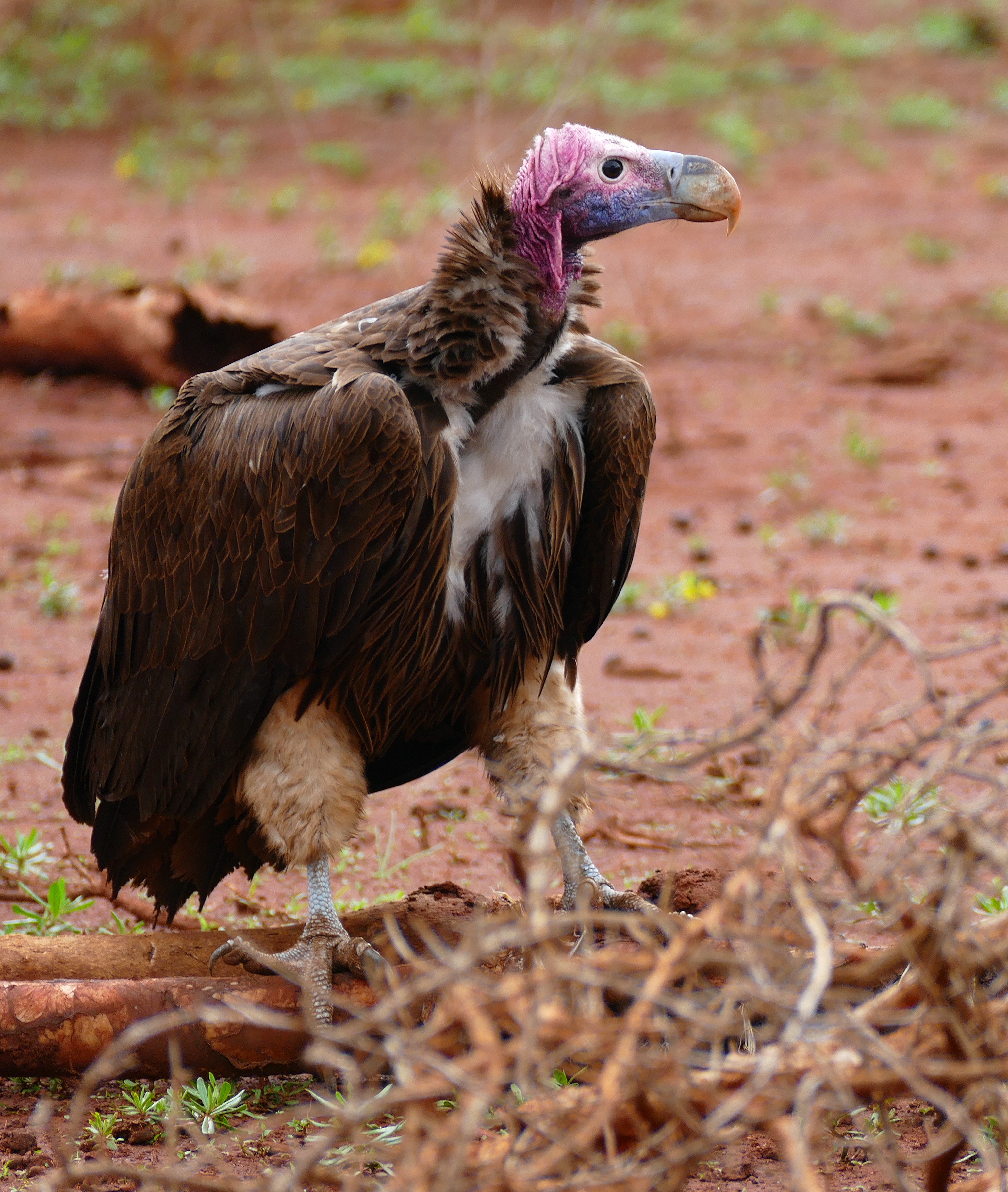
Crisis in India
If the news that “vultures are disappearing” sounds familiar, it’s probably because the story happened in India, where a decline in vulture numbers began in the early 1990s.
Within 15 years, from 1992 – 2007, the number of white-backed vultures decreased by 99.9% while the population of long-billed vultures (Indian) and small-billed vultures (Slender-billed) decreased by 97%, according to research by Dr. Vibhu Prakash, of the Bombay Natural History Society.
At first, conservationists found it difficult to believe because vultures are one of the most adaptable birds and have learned to live alongside humans since ancient times. More than a decade later, scientists have determined the cause.
According to research results published by Professor Lindsay Oaks and colleagues at the University of Washington (USA) in Nature in 2004, vultures died of kidney failure after eating cow carcasses containing diclofenac, an anti-inflammatory drug. inflammation is commonly used for livestock but is toxic to birds. In 2006, veterinary drugs containing diclofenac were banned in India, Pakistan and Nepal.
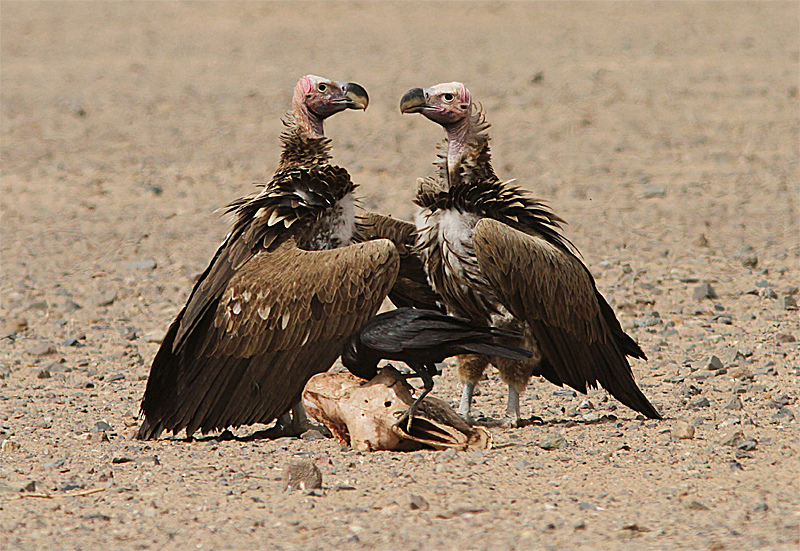 Only in the absence of vultures do people realize their role in “cleaning up the environment”. In India and Nepal, the majority of people are Hindus so they do not eat beef, even though they own the world’s “top” amount of cattle.
Only in the absence of vultures do people realize their role in “cleaning up the environment”. In India and Nepal, the majority of people are Hindus so they do not eat beef, even though they own the world’s “top” amount of cattle.
Because of the difficulty in disposing of animal carcasses before they rot and pollute water sources, cow carcasses thrown away without vultures to clean them up increase the number of rats and stray dogs, with an accompanying increase in danger. risk of disease in humans and animals, including anthrax, brucellosis and tuberculosis.
According to the organization Saving Asian Vultures from Extinction (SAVE), the Indian Government estimates that the number of wild dogs increased to nearly 30 million in 2005. India also has a high incidence of rabies. highest in the world with the leading cause being dog bites.
Vultures die miserably in Africa
Earlier this year, the world’s conservation community was shocked by the fact that more than 2,000 Hooded vultures were found across Guinea-Bissau (a country in West Africa). Along with three other types of vultures, the hooded vulture is classified by the World Red Book as “Critically Endangered”, just one level away from “Extinct”.
According to local reports, some birds were found dying, searching for water and bubbling in their beaks, while others were decapitated. Experts concluded that this was a case of mass poisoning and may be related to the sale of vulture parts for medicinal purposes, because local people superstitiously believe that vulture heads help the owner avoid harm. unlucky and know the future.
Beckie Garbett, a conservationist at the University of Cape Town (South Africa), indignantly called this vulture massacre “an incalculable loss of an animal on the brink of extinction”.
“This is a colossal failure for conservation efforts across Africa and seriously threatens the existence of this species’ population in the region” – Garbett wrote on The Conversation on June 14.
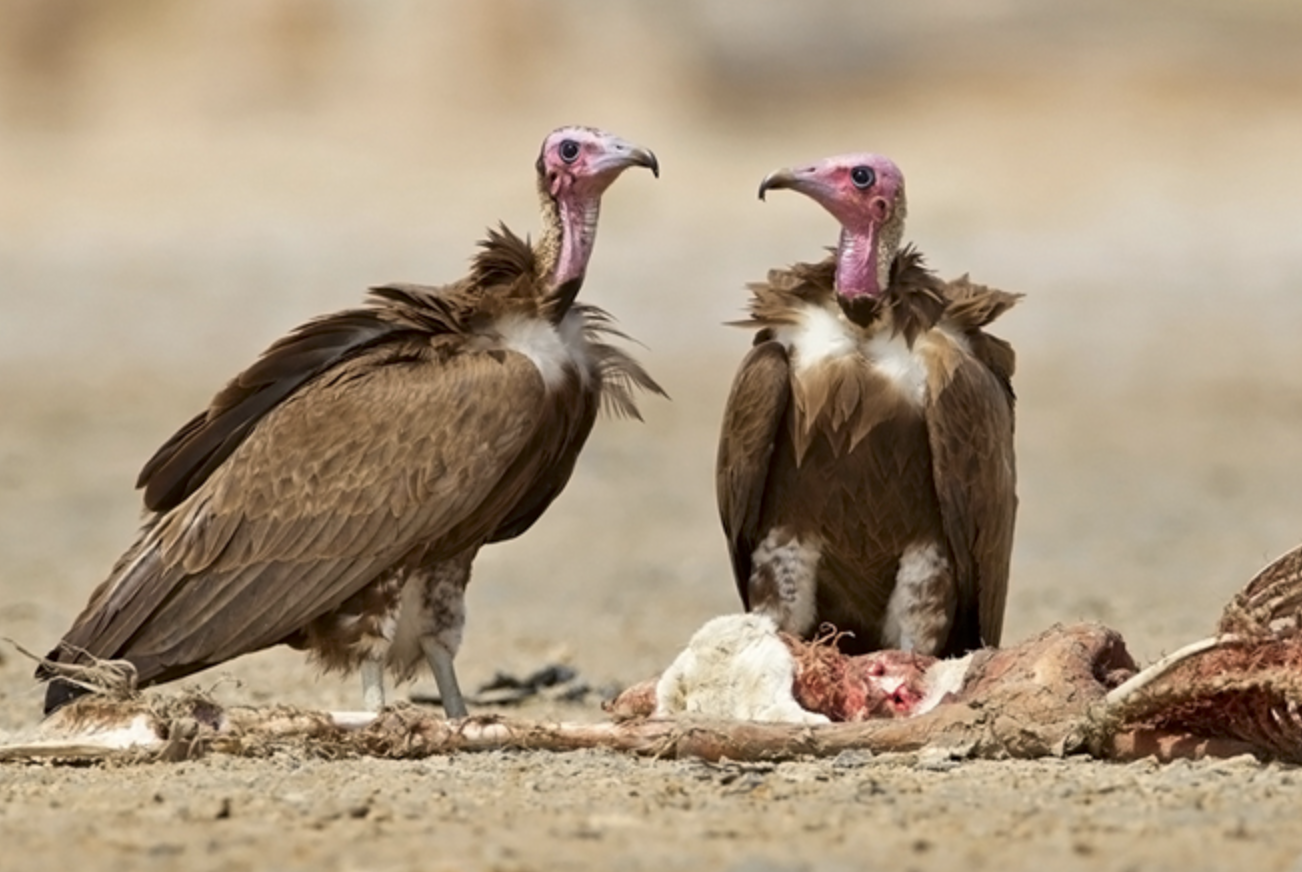
In a 2016 article, National Geographic magazine listed 4 causes of death in African vultures: 1% are killed for food, 9% are electrocuted when flying into the power grid, 29% are killed for ancient medicine transmitted and up to 61% were poisoned.
Vulture poisoning in Africa can be divided into two types. In southern Africa, illegal hunters will poison the carcasses of elephants and rhinos to deliberately kill vultures.
Vultures are the enemy of poachers, because this bird flying to a place with dead animals will unintentionally signal to the authorities about illegal activities. Last June, 537 vultures were poisoned at an elephant carcass near Chobe National Park (Botswana).
In the East, vultures are often caught in the fight between farmers and predators. When lions or hyenas kill people’s livestock, they will “take revenge” by sprinkling pesticides on the carcasses. The poison kills the predator, but also kills the vultures that “pick up the trash” afterward.
Opportunity to revive
According to The Guardian, efforts to conserve vultures often encounter people’s indifference. Beckie Garbett of the BirdLife Foundation admits that vultures play an important role in the ecosystem but too few people know this. Therefore, they do not consider the conservation of this “ugly” bird important.
The situation is made worse by the breeding characteristics of vultures. It takes them 5-7 years to reach reproductive age. Each pair lays only 1 egg per year, sometimes 2 years, and 90% of the young usually die in the first year.
So, to restore vulture populations, the keys to success include convincing people that this is in their own long-term interests and protecting the adults from the toxic source.
Conservation units across Africa are coordinating with each other, focusing on training functional forces and rangers, and quickly removing contaminated animal carcasses – which is not an easy task in such an area. so vast.
 Educational programs for rural communities and promoting infrastructure change are long-term approaches.
Educational programs for rural communities and promoting infrastructure change are long-term approaches.
The Nigerian Conservation Foundation is working with more than 80 local “traditional healers” to change the concept of using vultures for healing. All African countries where vultures live have agreed on a long-term action plan to conserve these birds, including a roadmap for the next 12 years.
Learning from similar plans in Asia, southern African conservation organizations have “allied” to build a series of “safe areas for vultures”, opening “restaurants for vultures”. vultures”, plots of land to store animal carcasses for these scavenging birds.
The good news is that three of the four vulture species found in Europe are increasing in numbers. Vultures are helping the EU save millions of euros every year by reducing the need to incinerate dead animals, reducing transport costs and reducing CO2 emissions.
In North America, California vultures have spectacularly “turned upstream”. The 22 remaining individuals in 1982 have grown into 1,000 individuals (as of mid-2019) thanks to hatching support from the Peregrine Fund (USA).
Cambodia, considered the last “stronghold” of vultures in Southeast Asia, recently announced the recording of 119 individual vultures in natural reserves.





